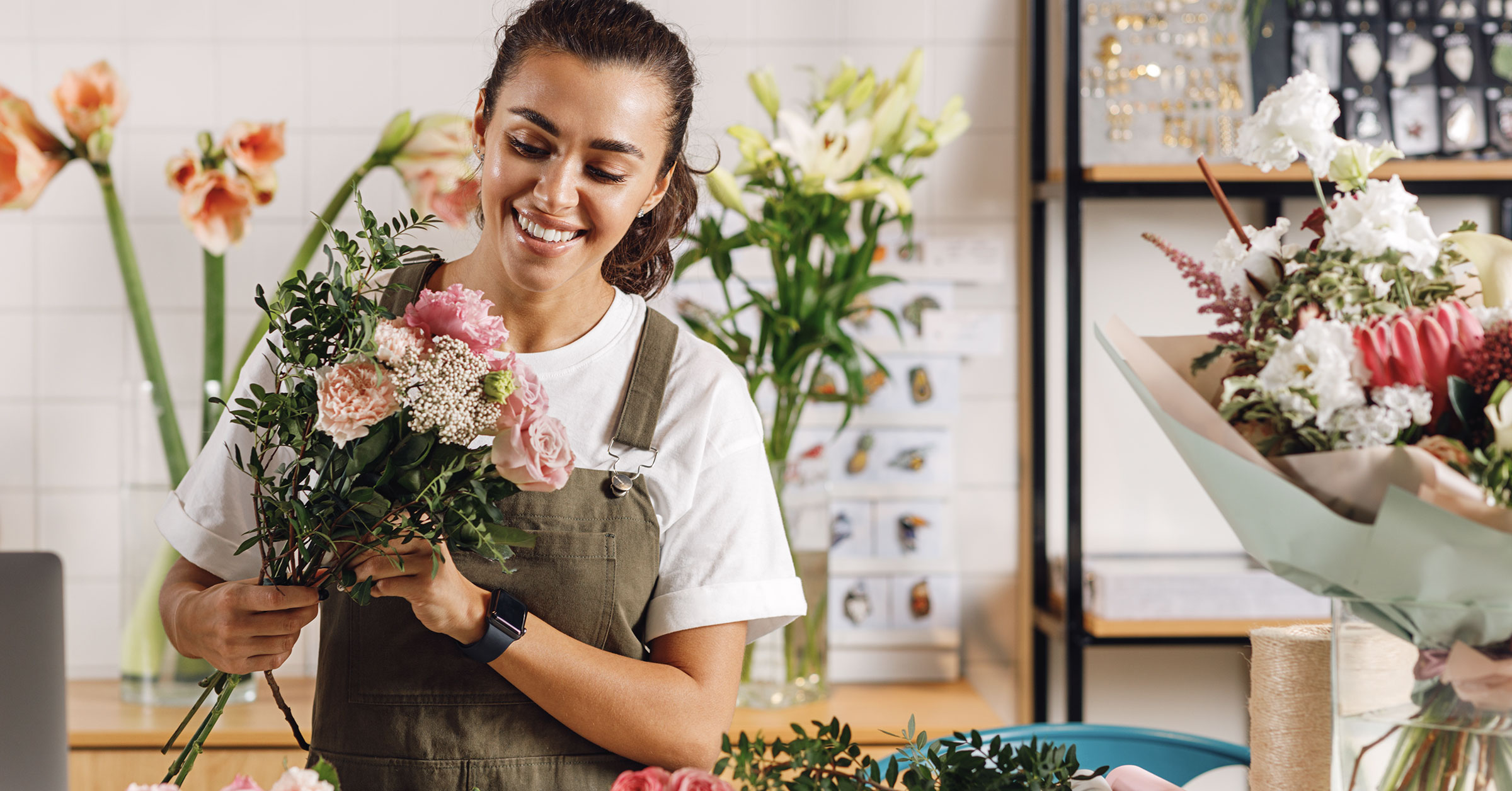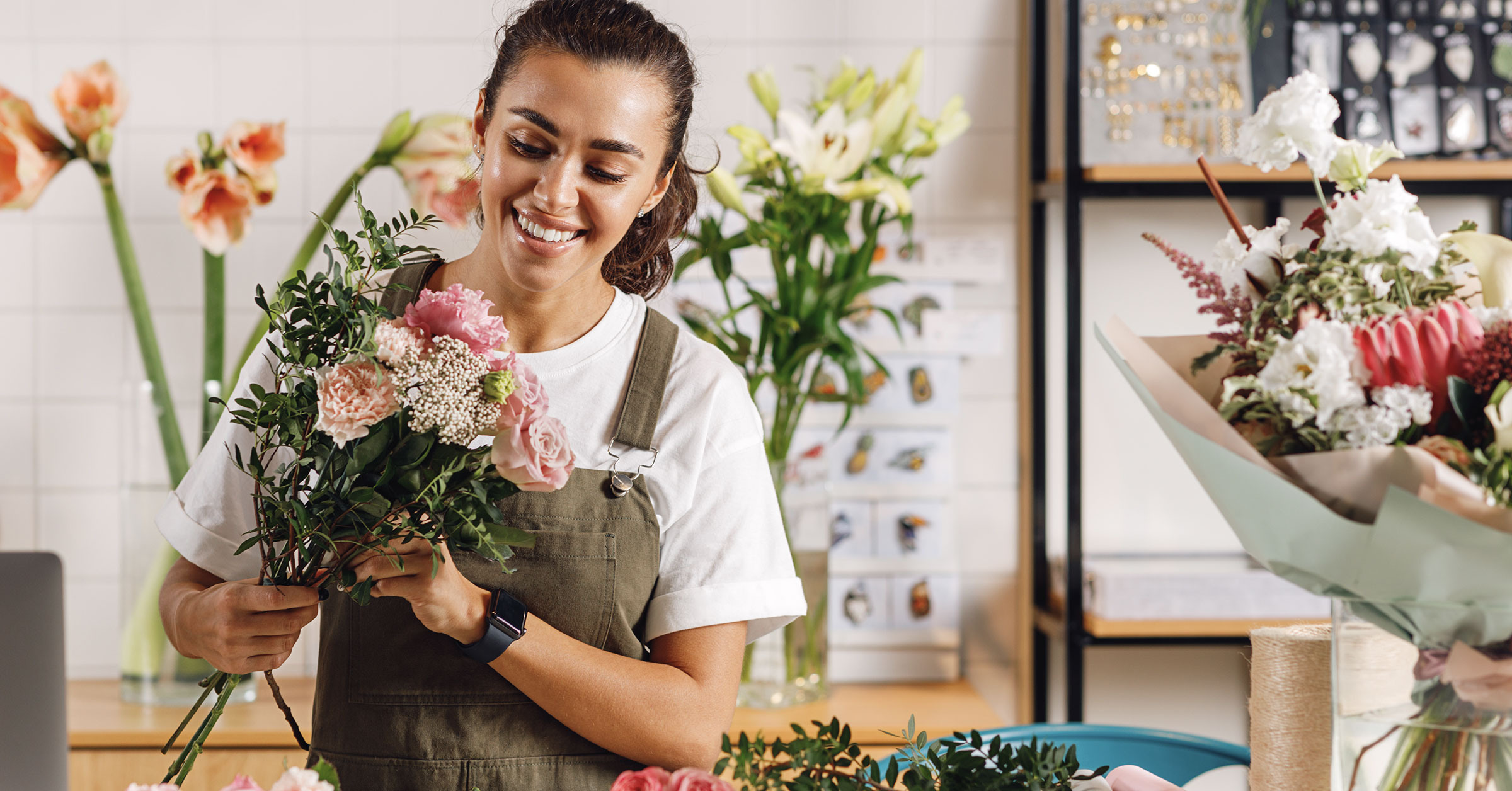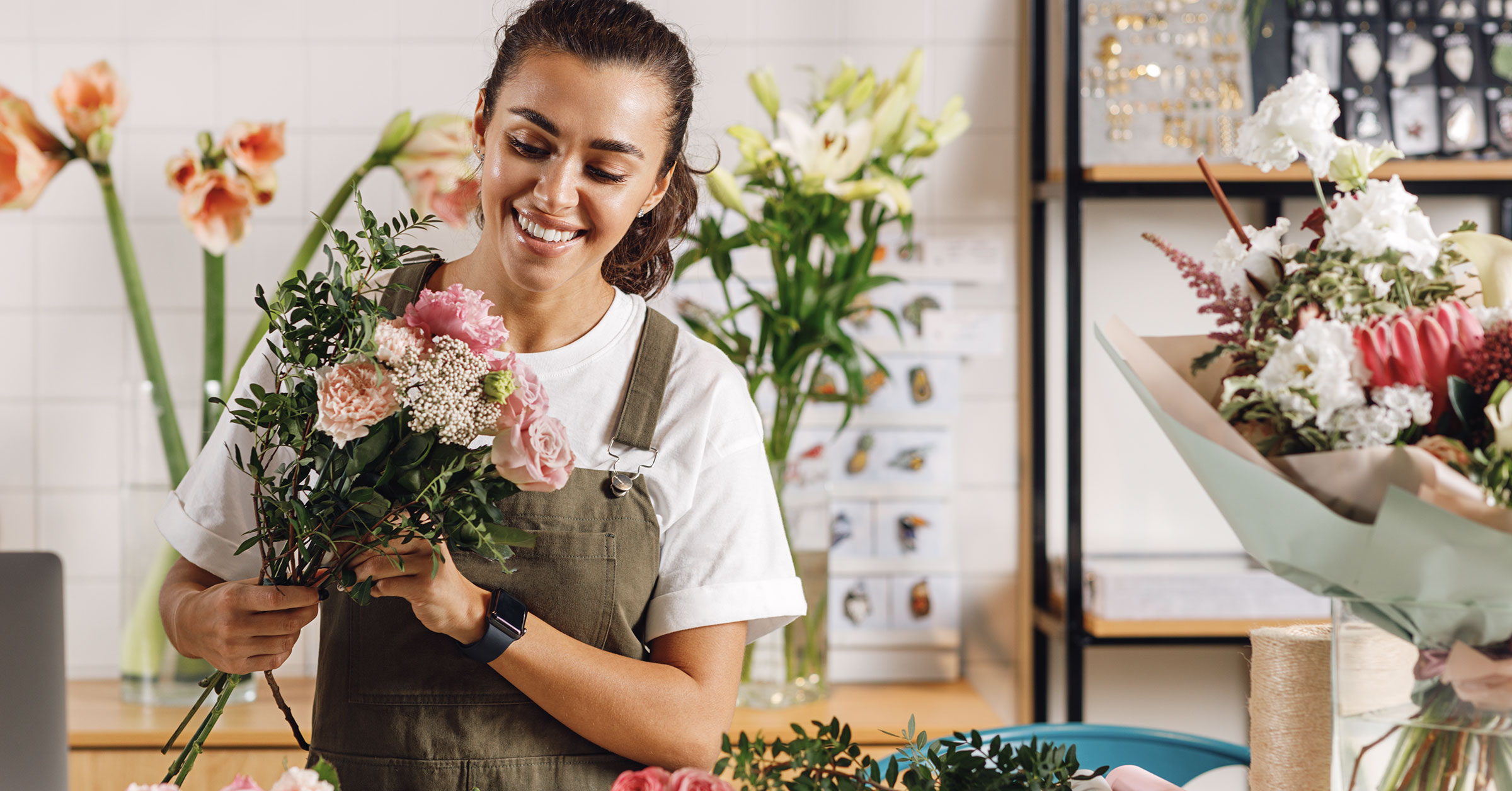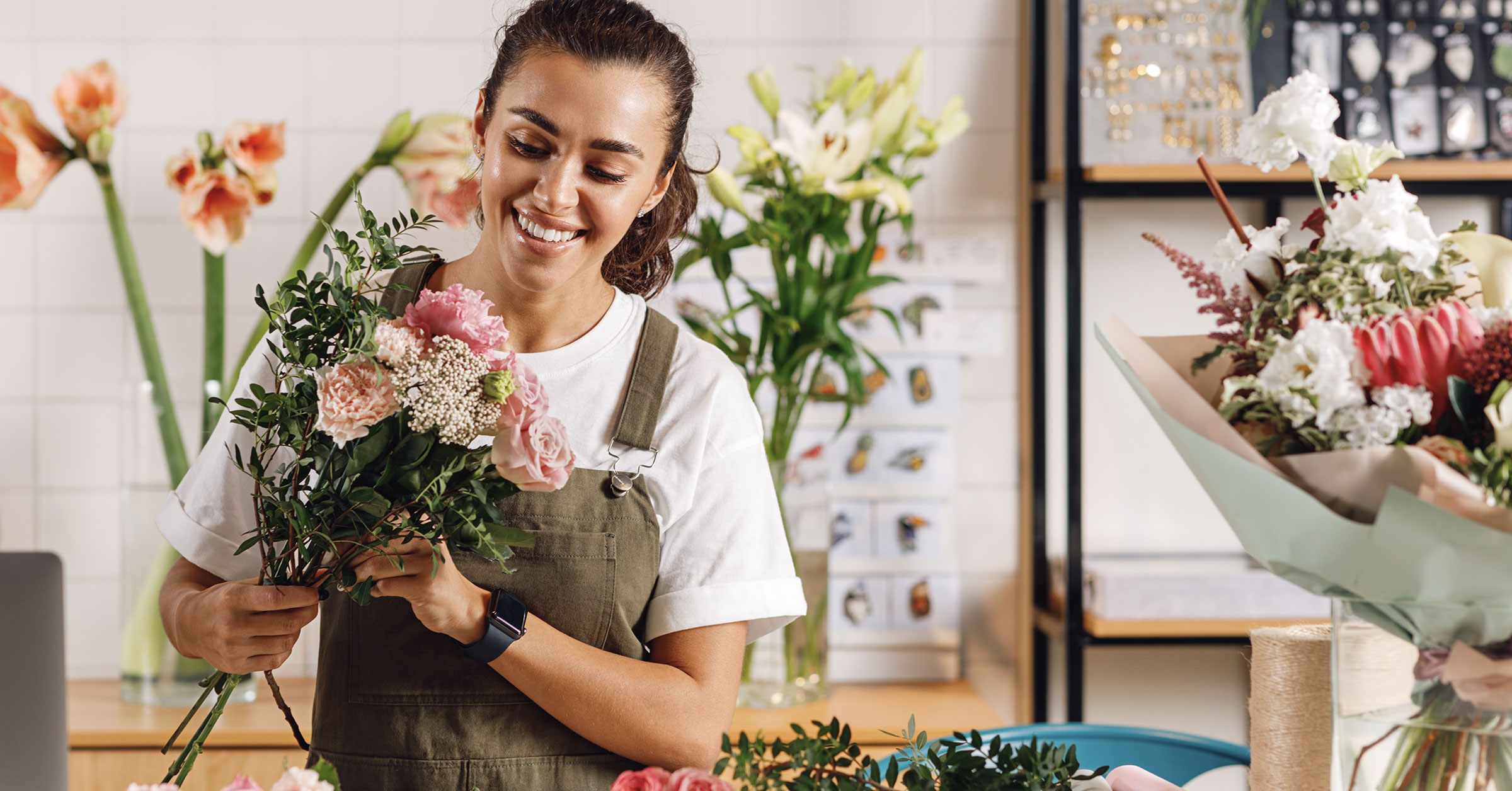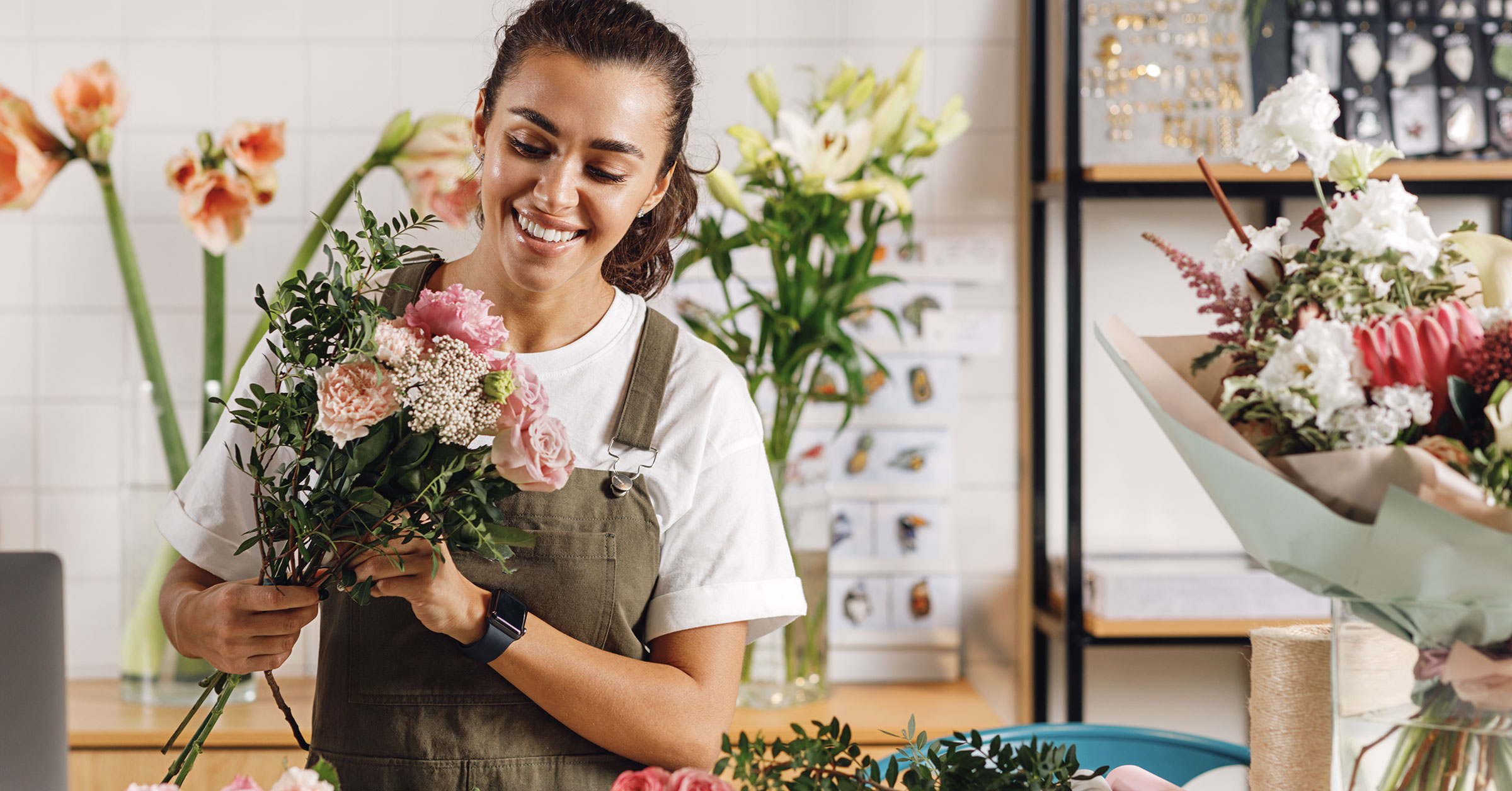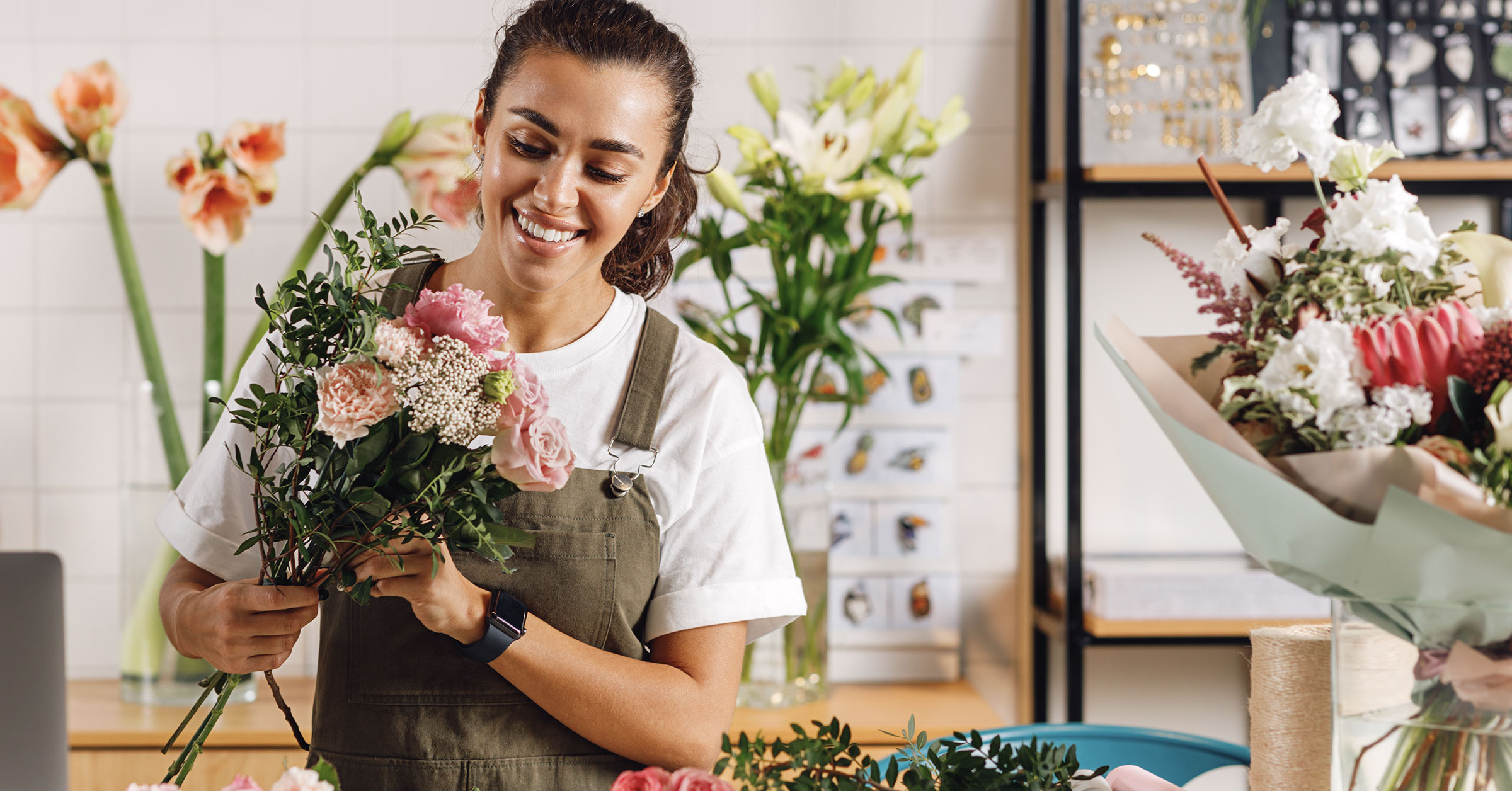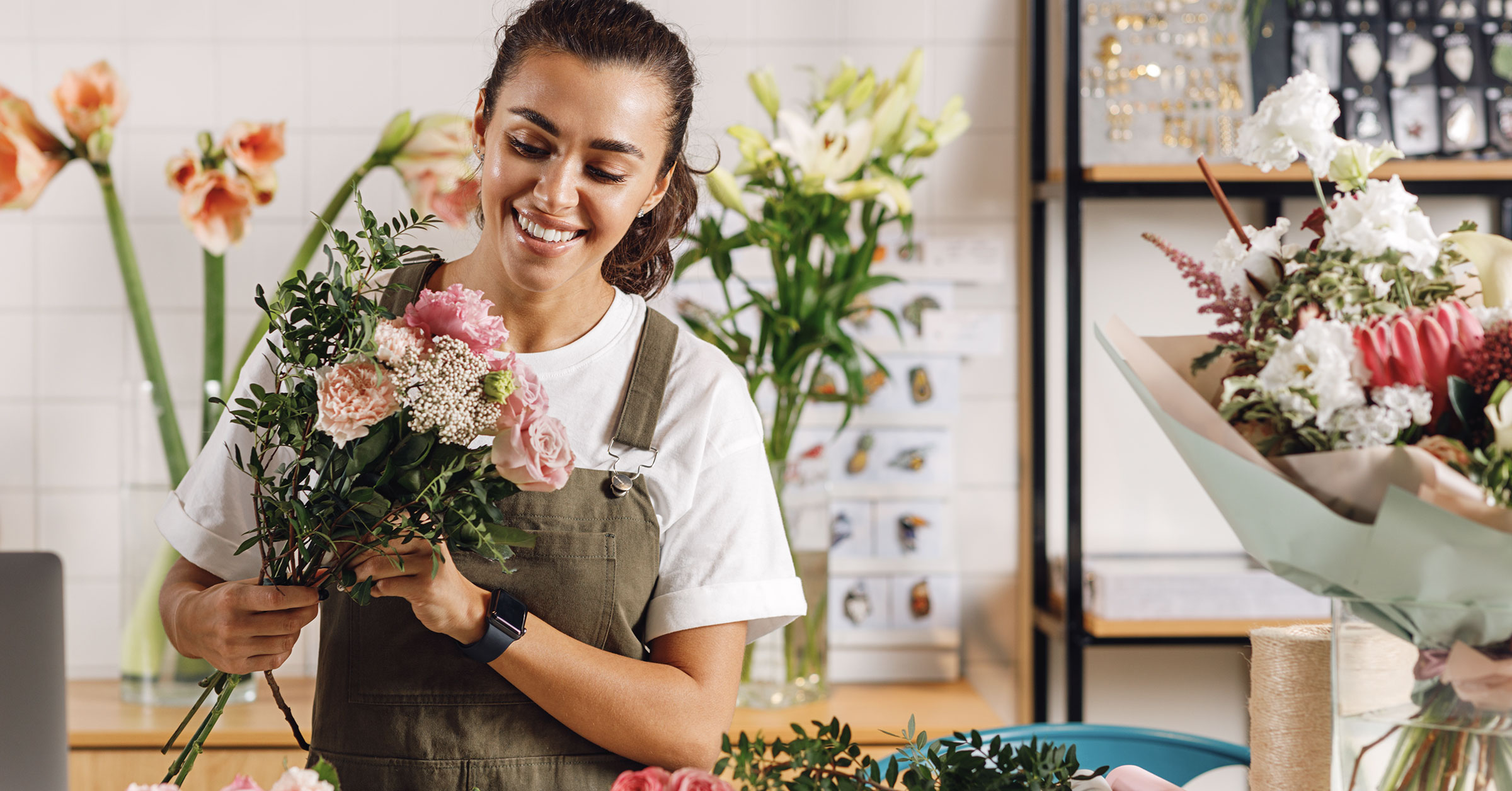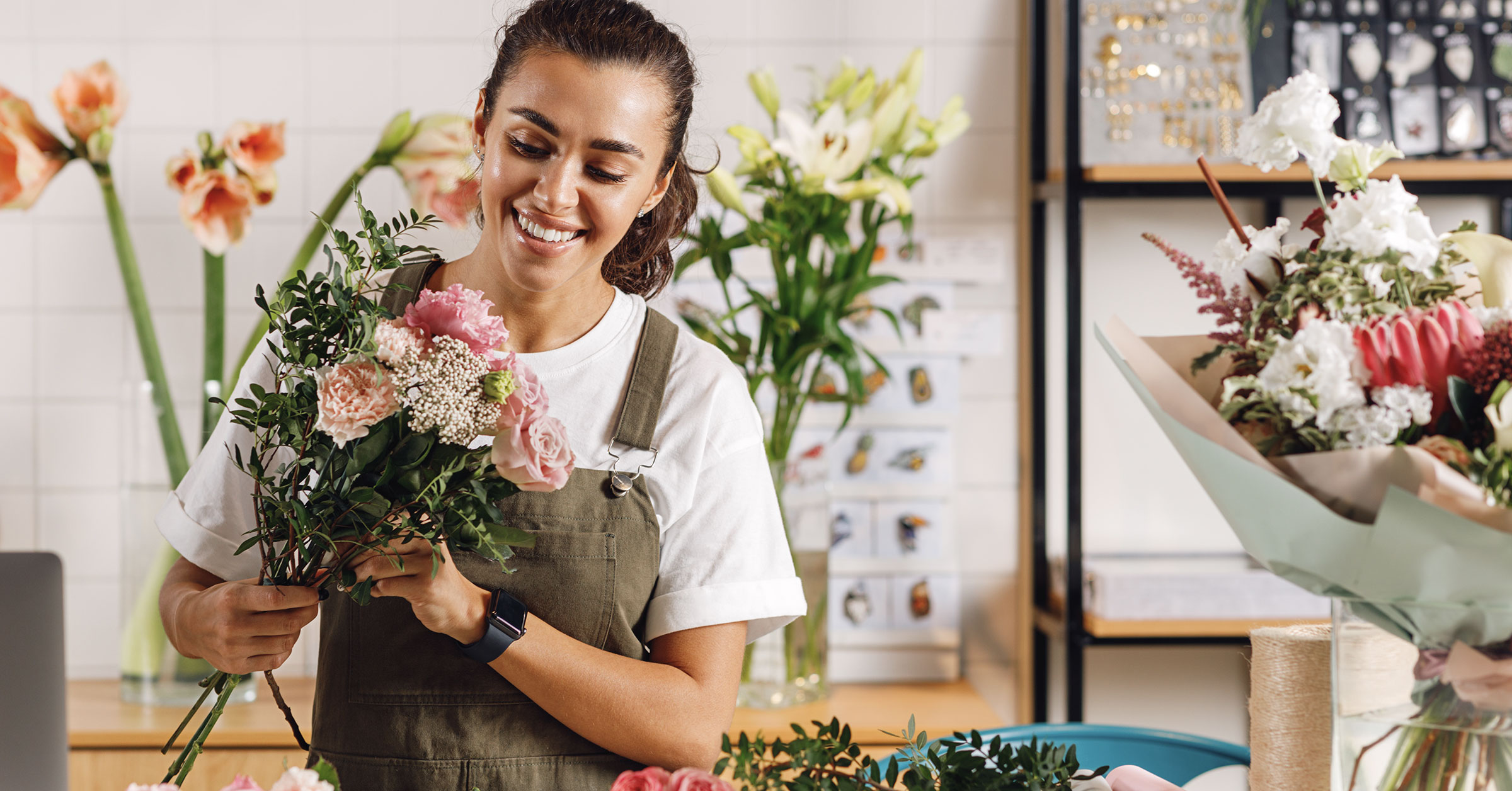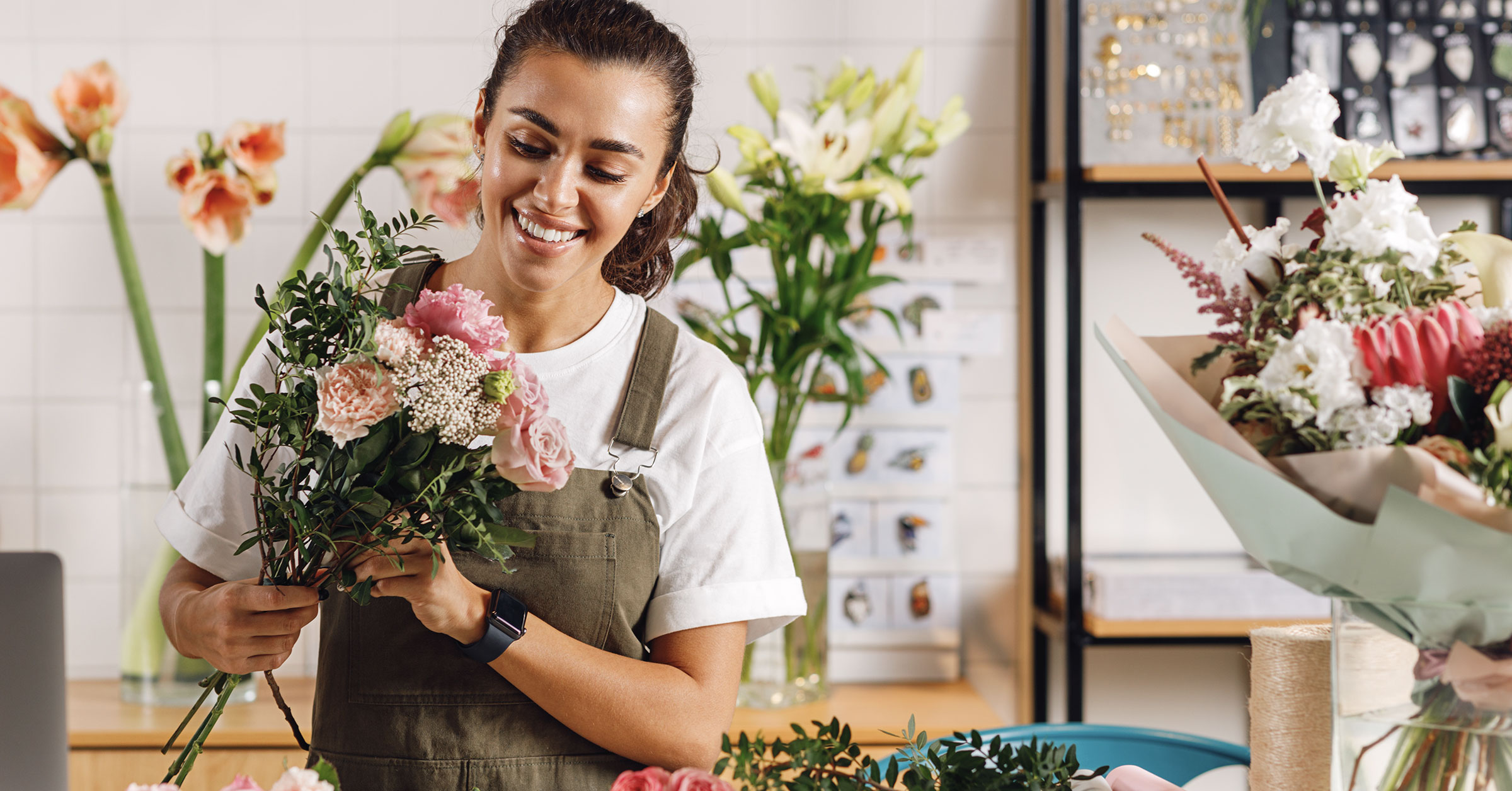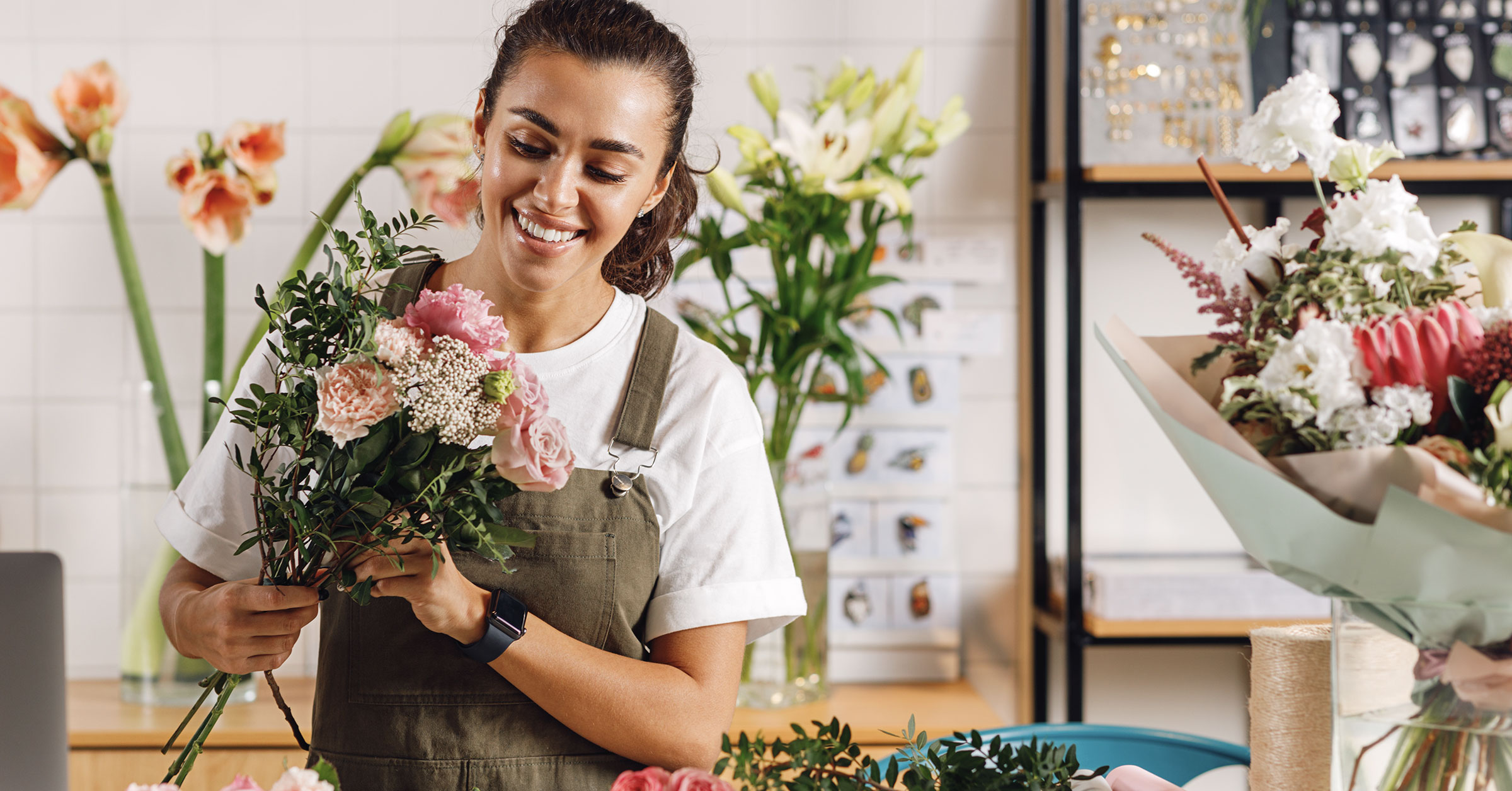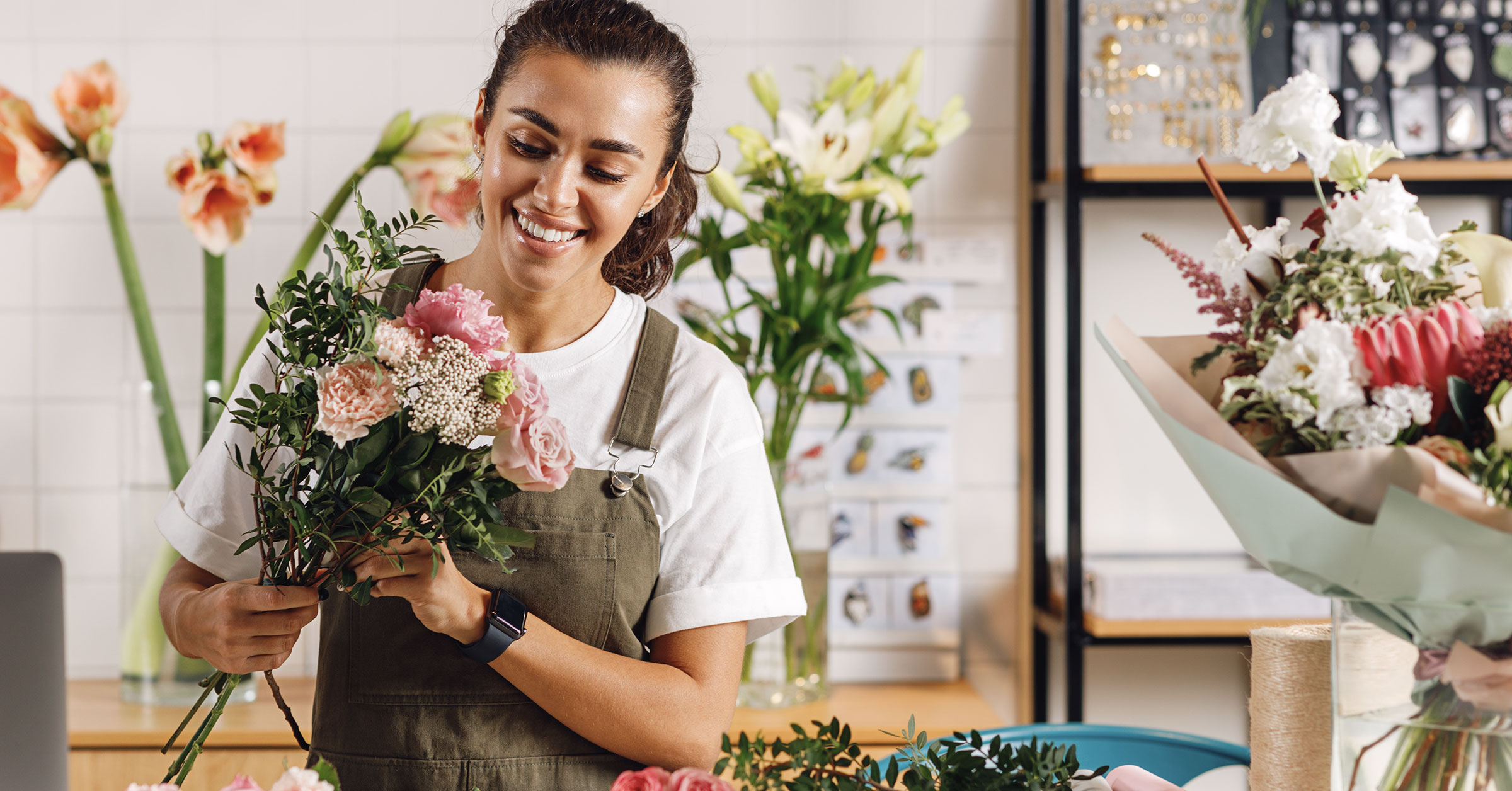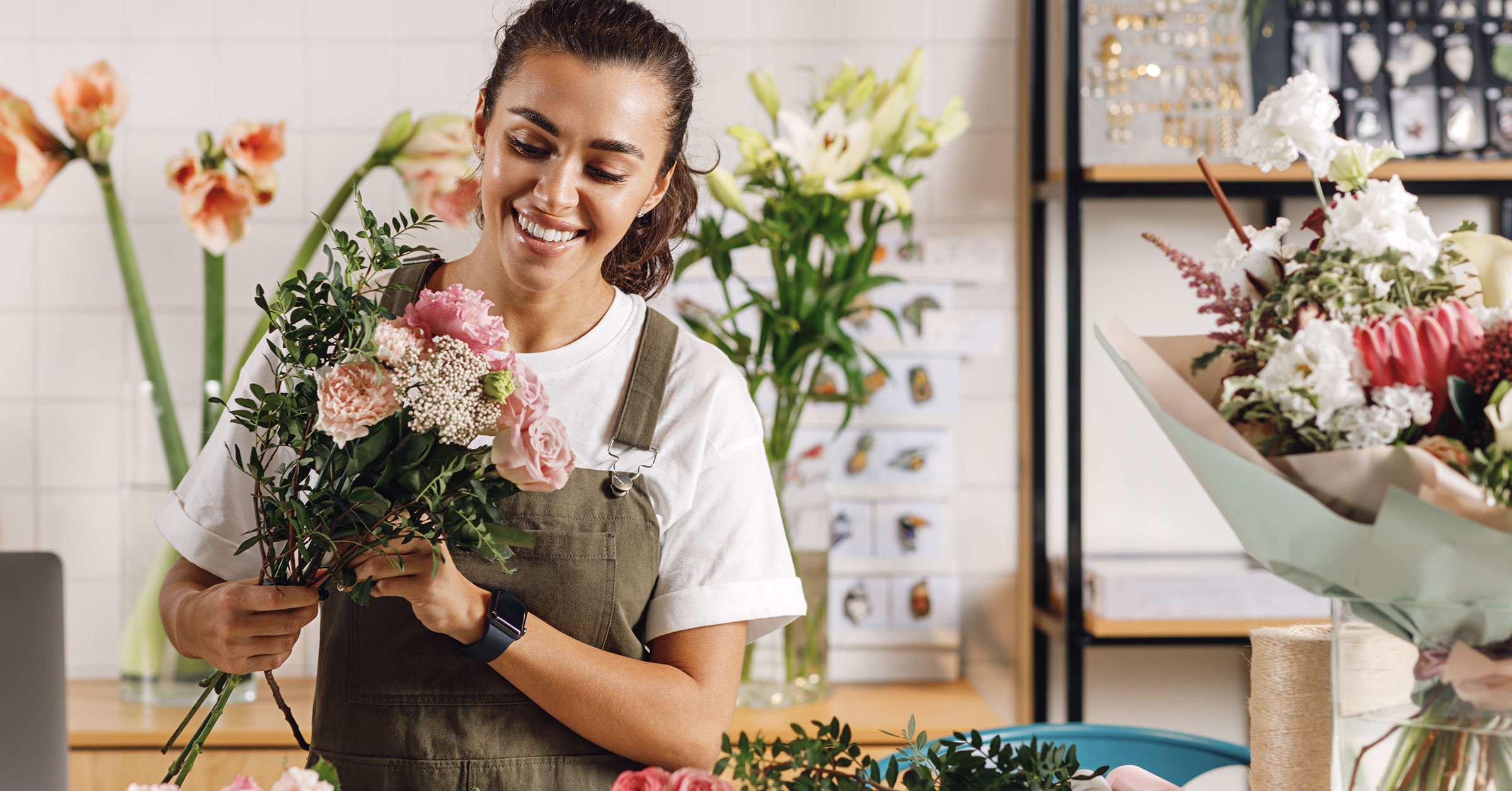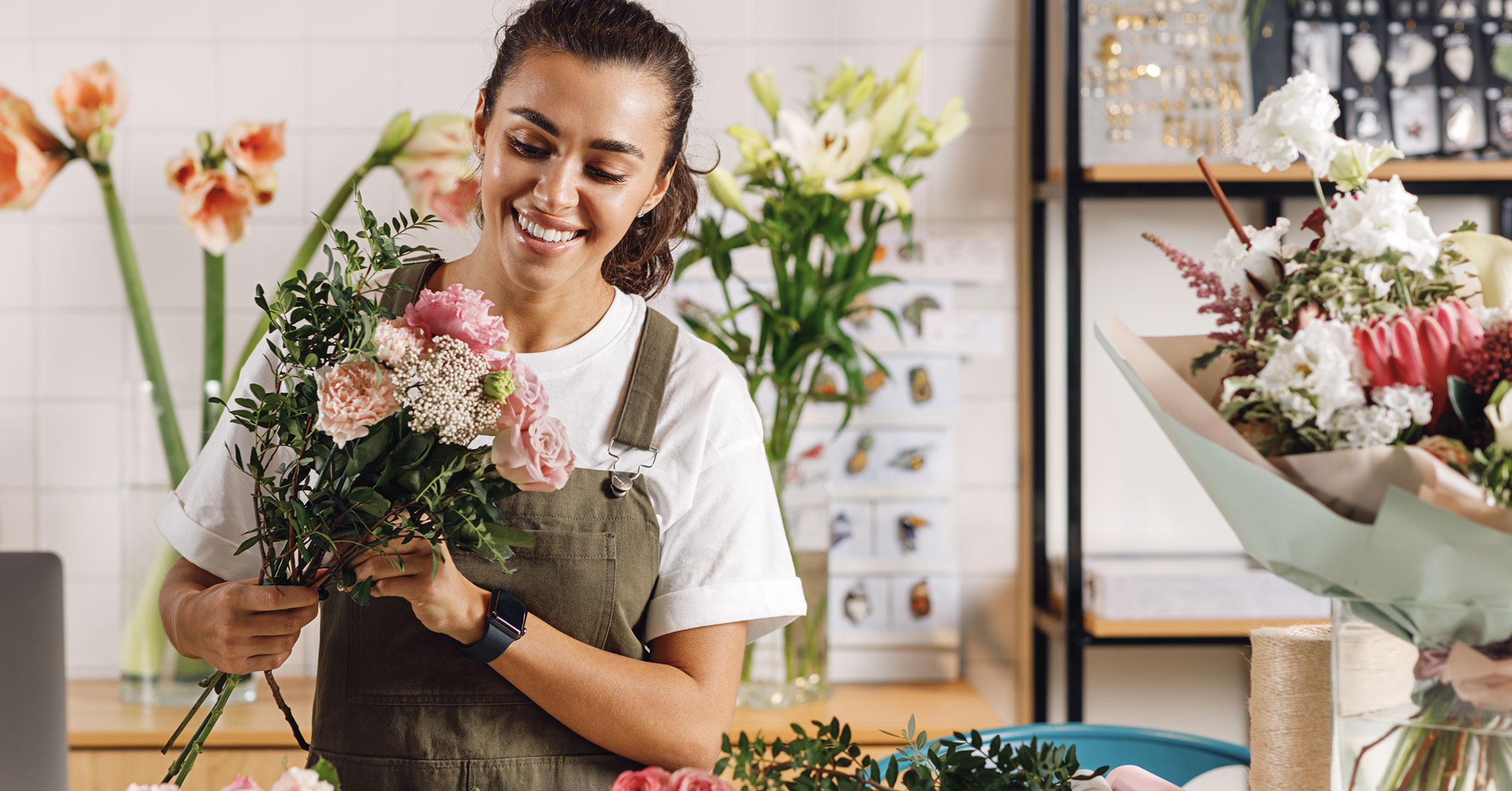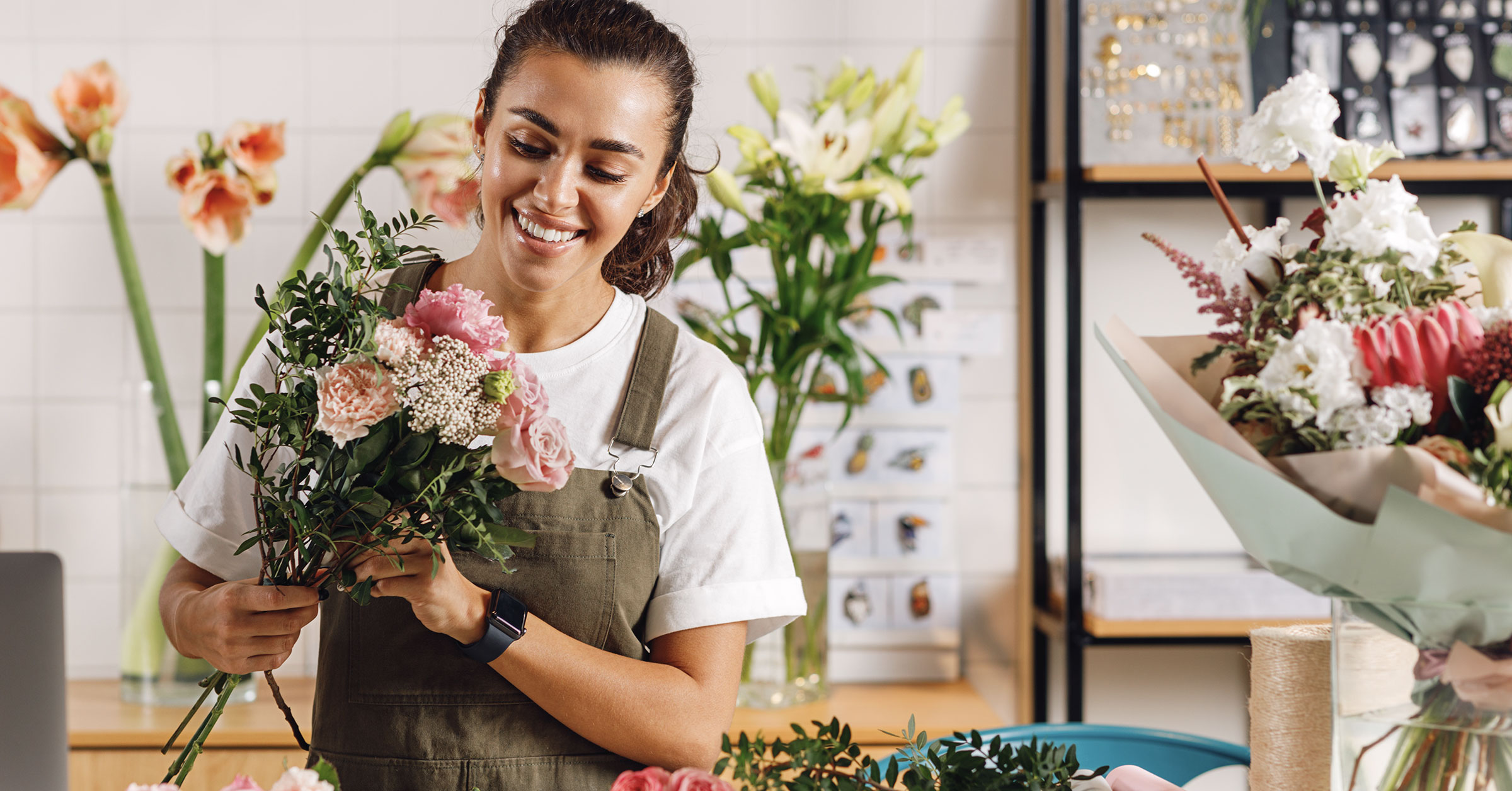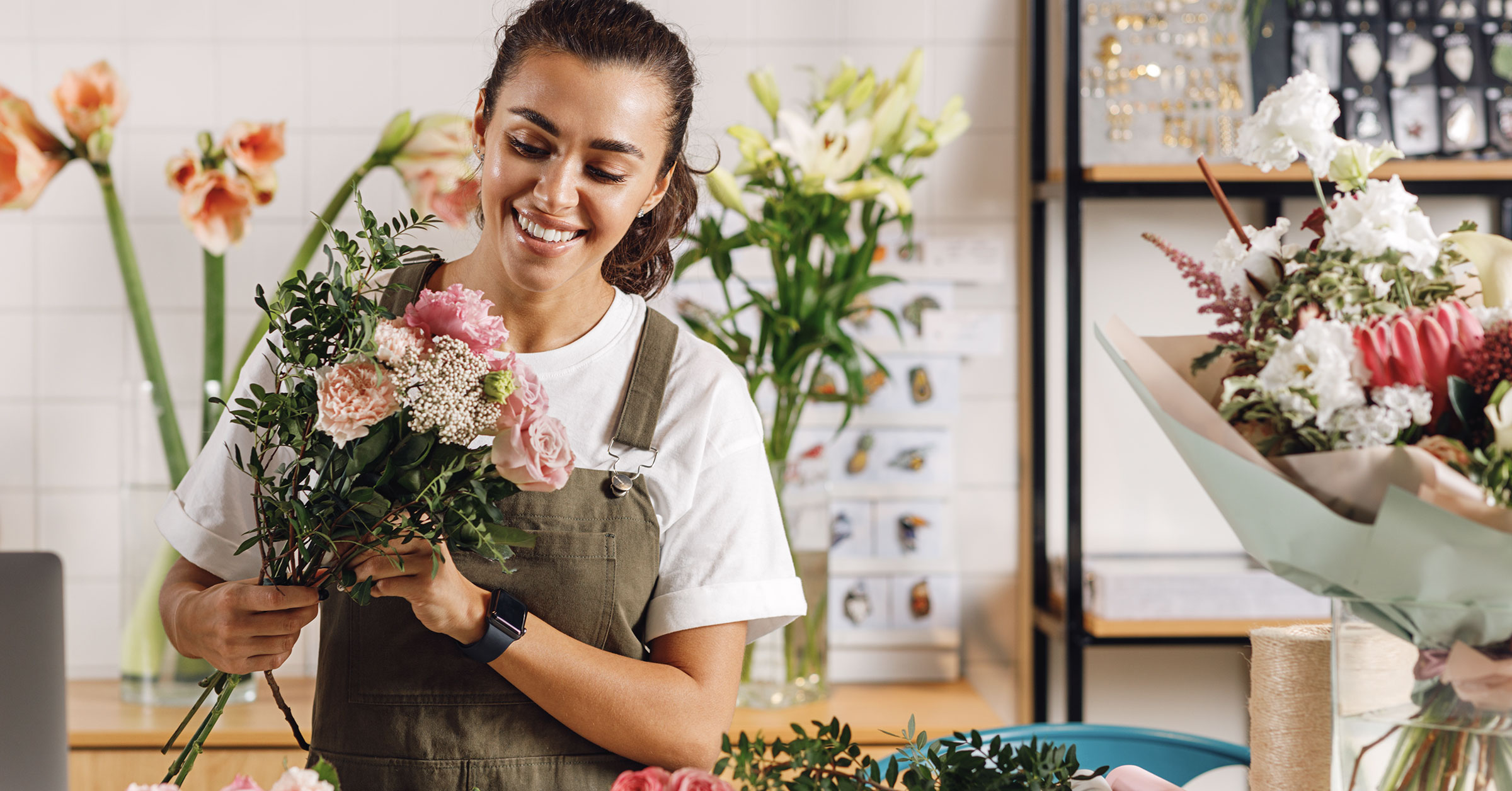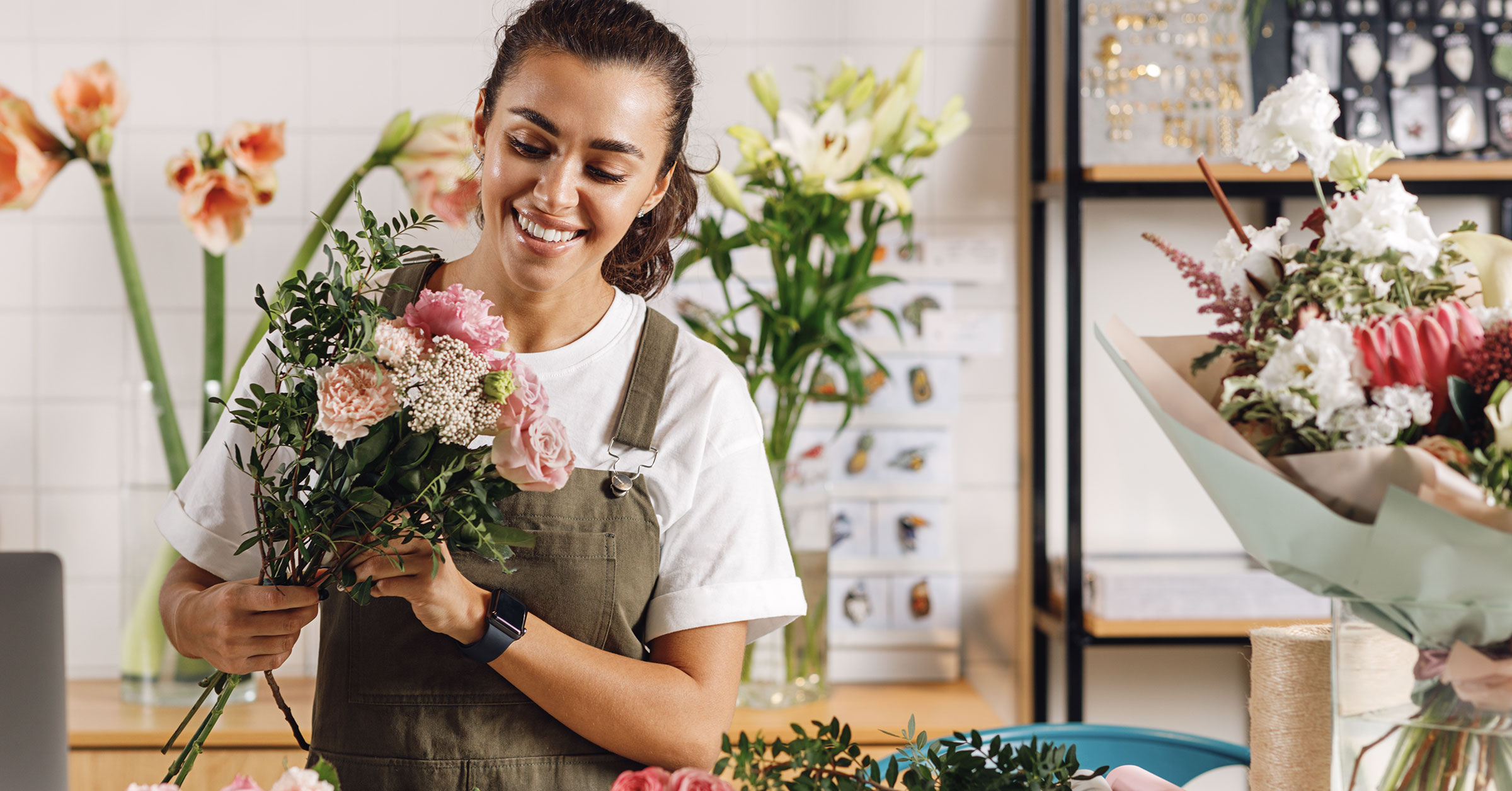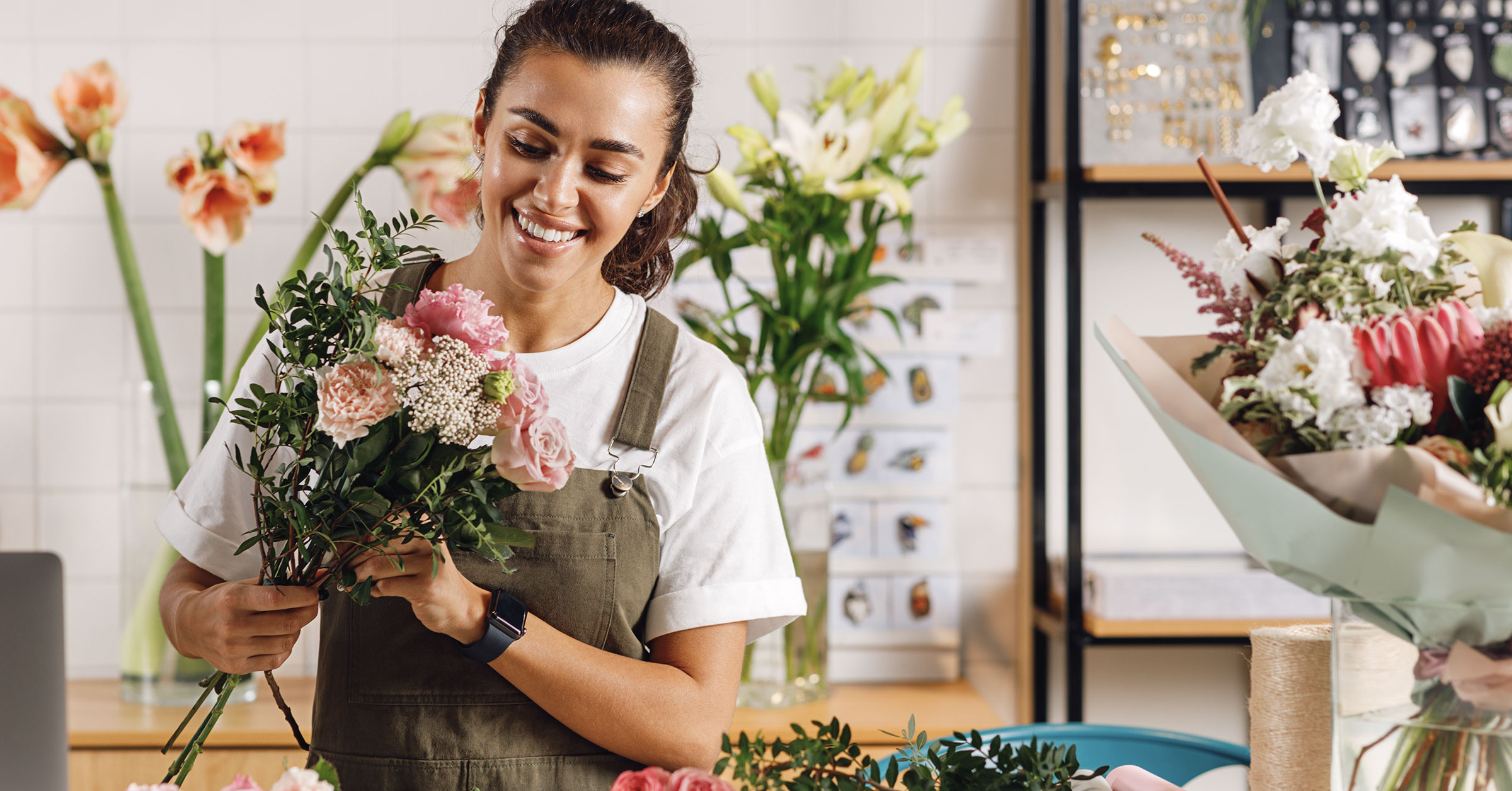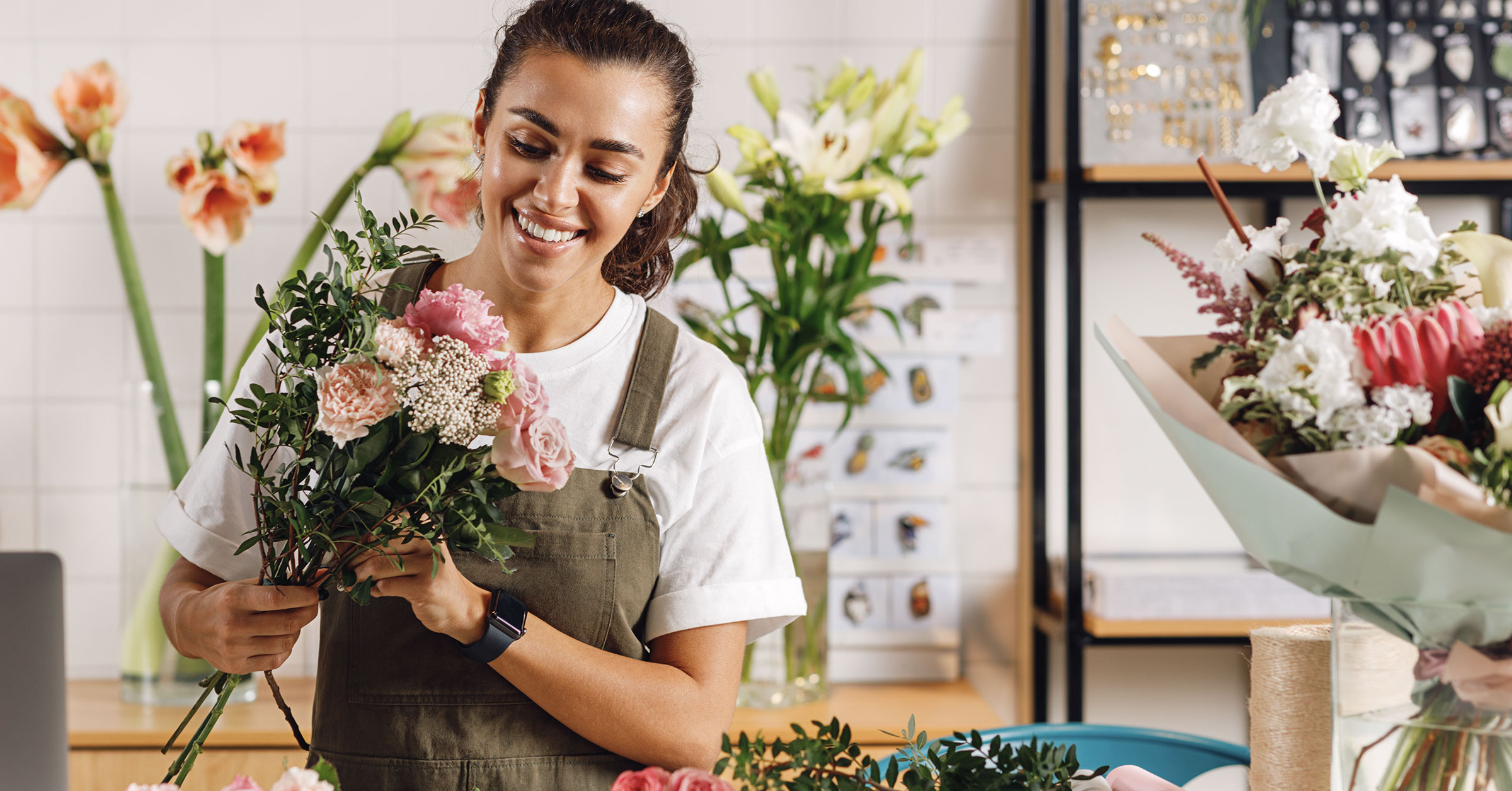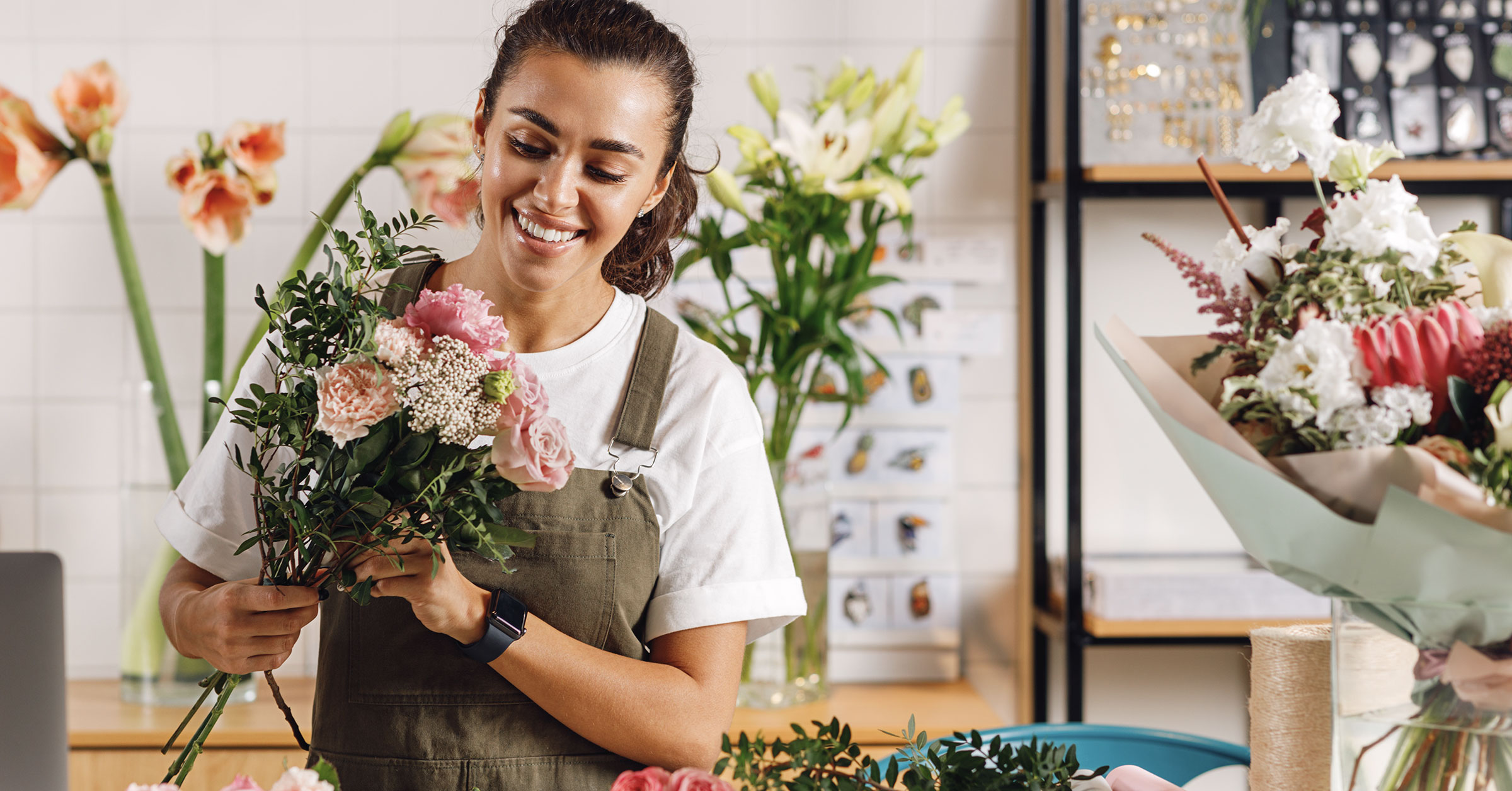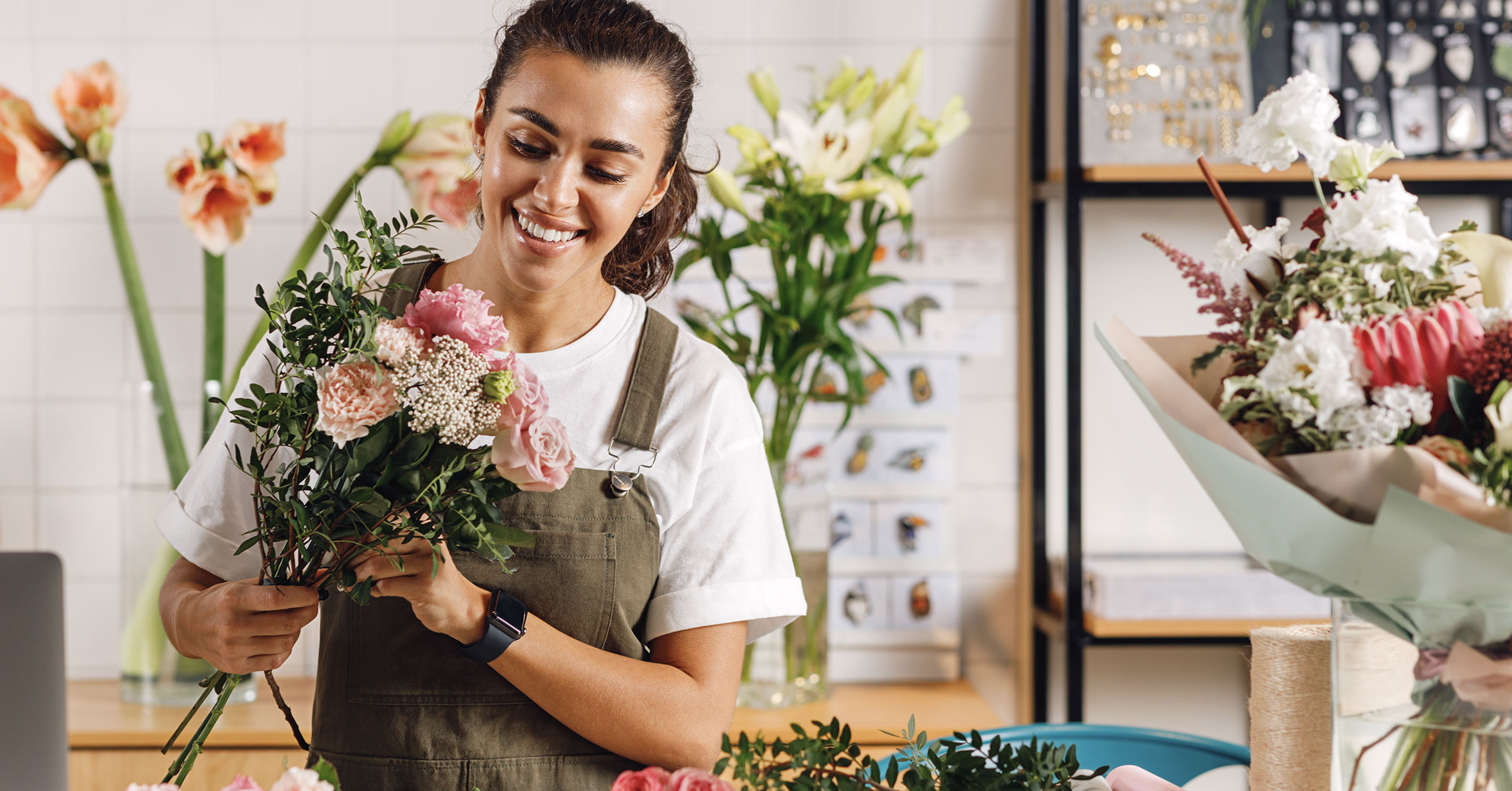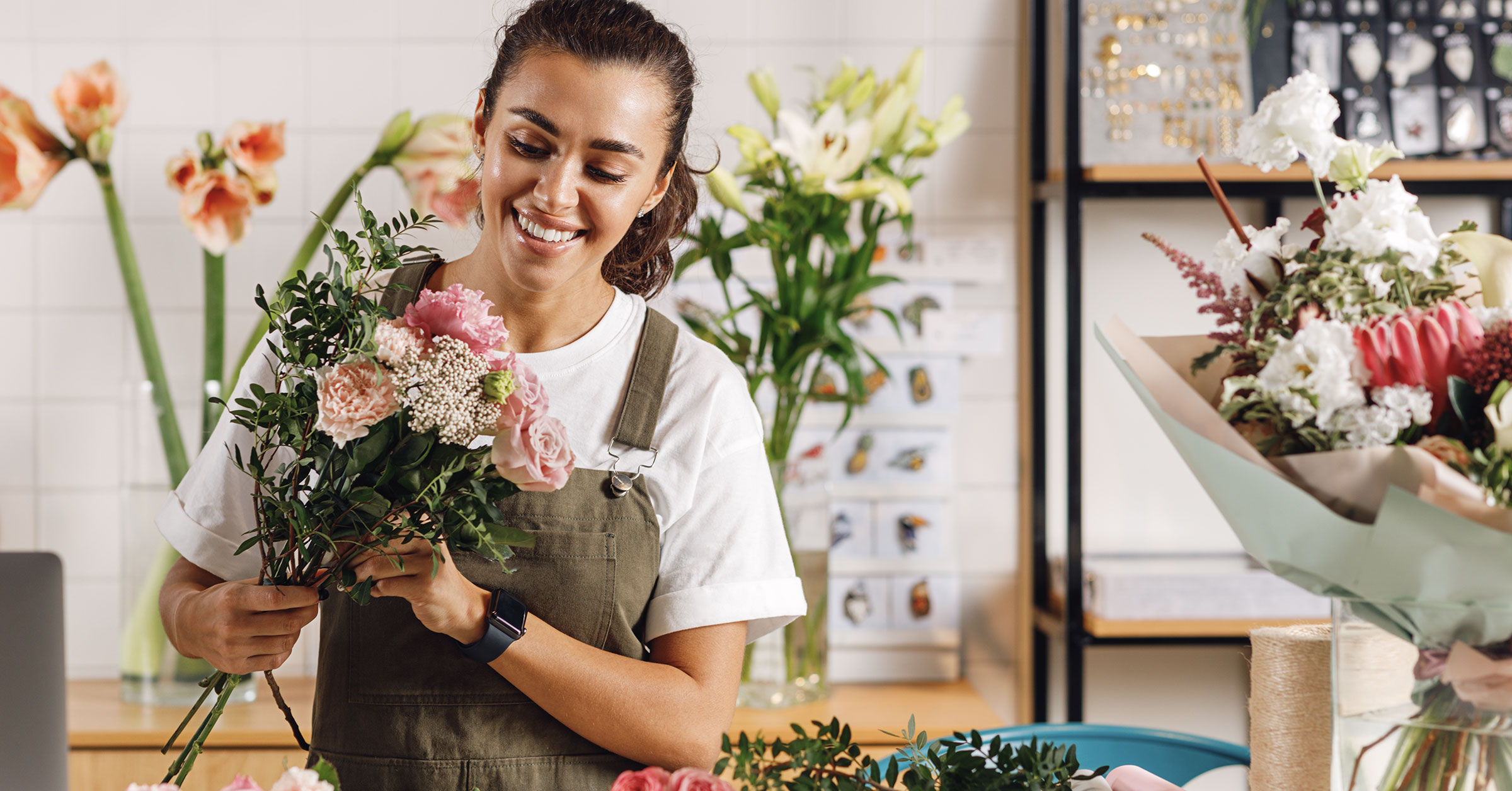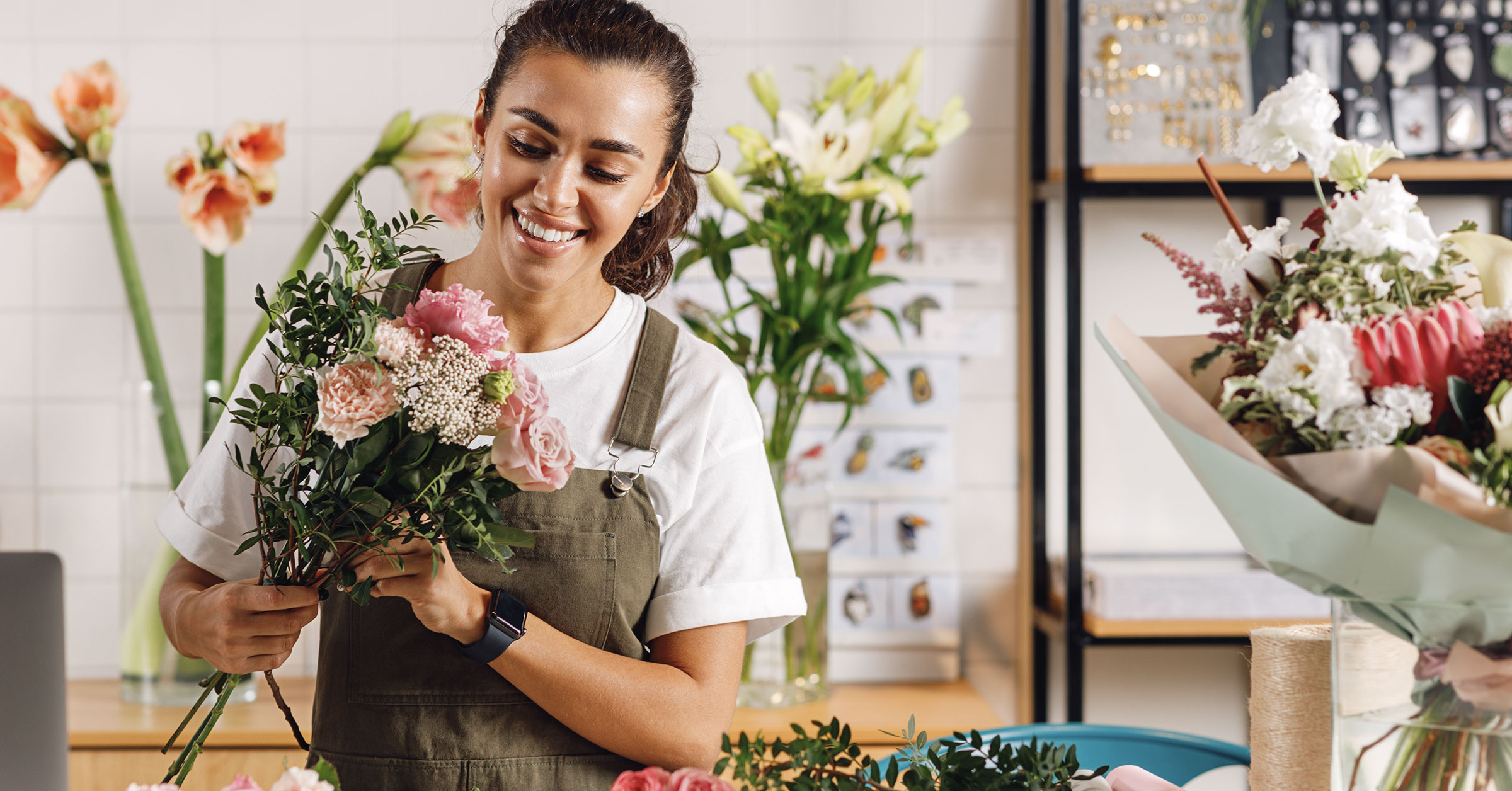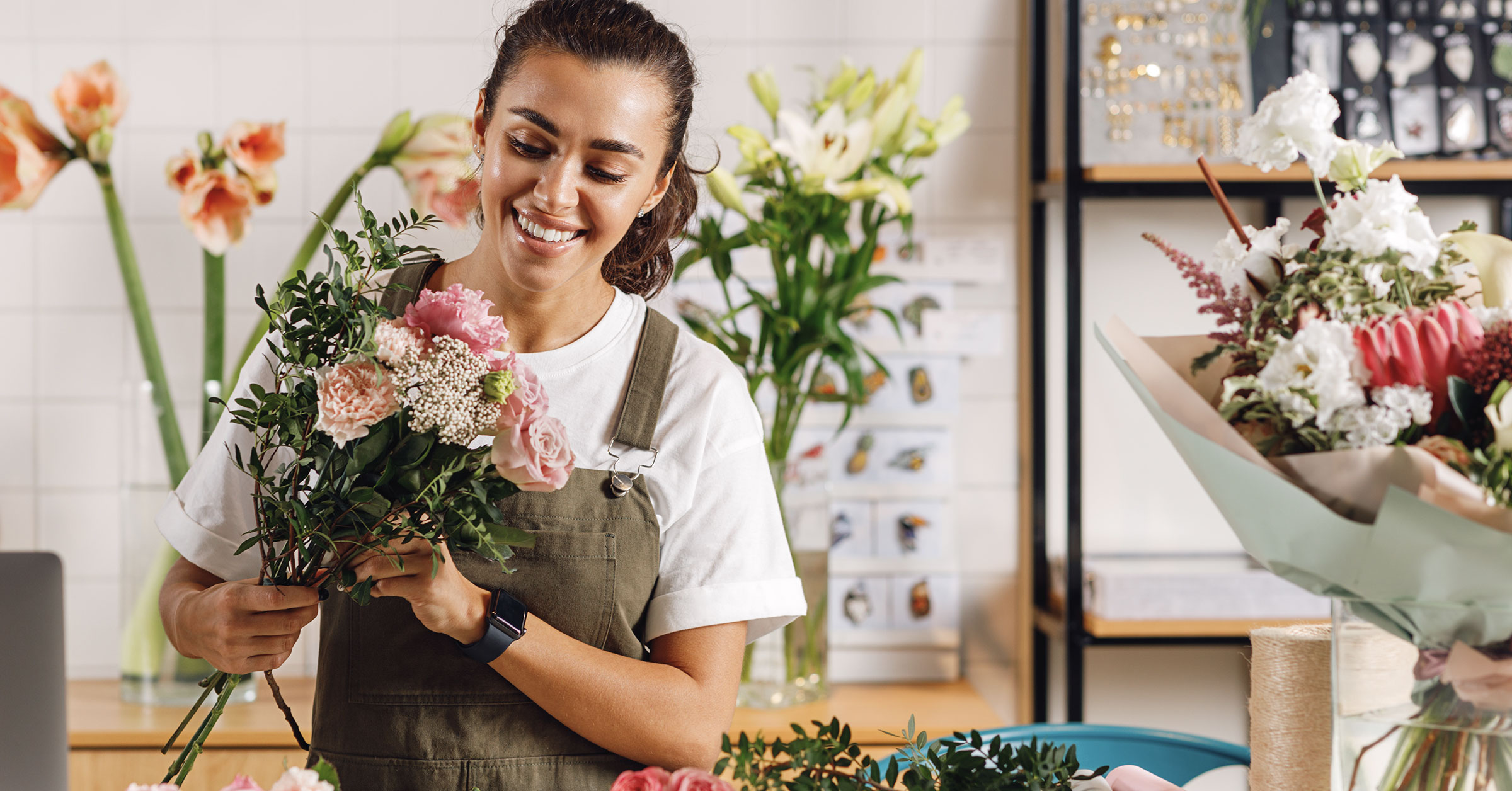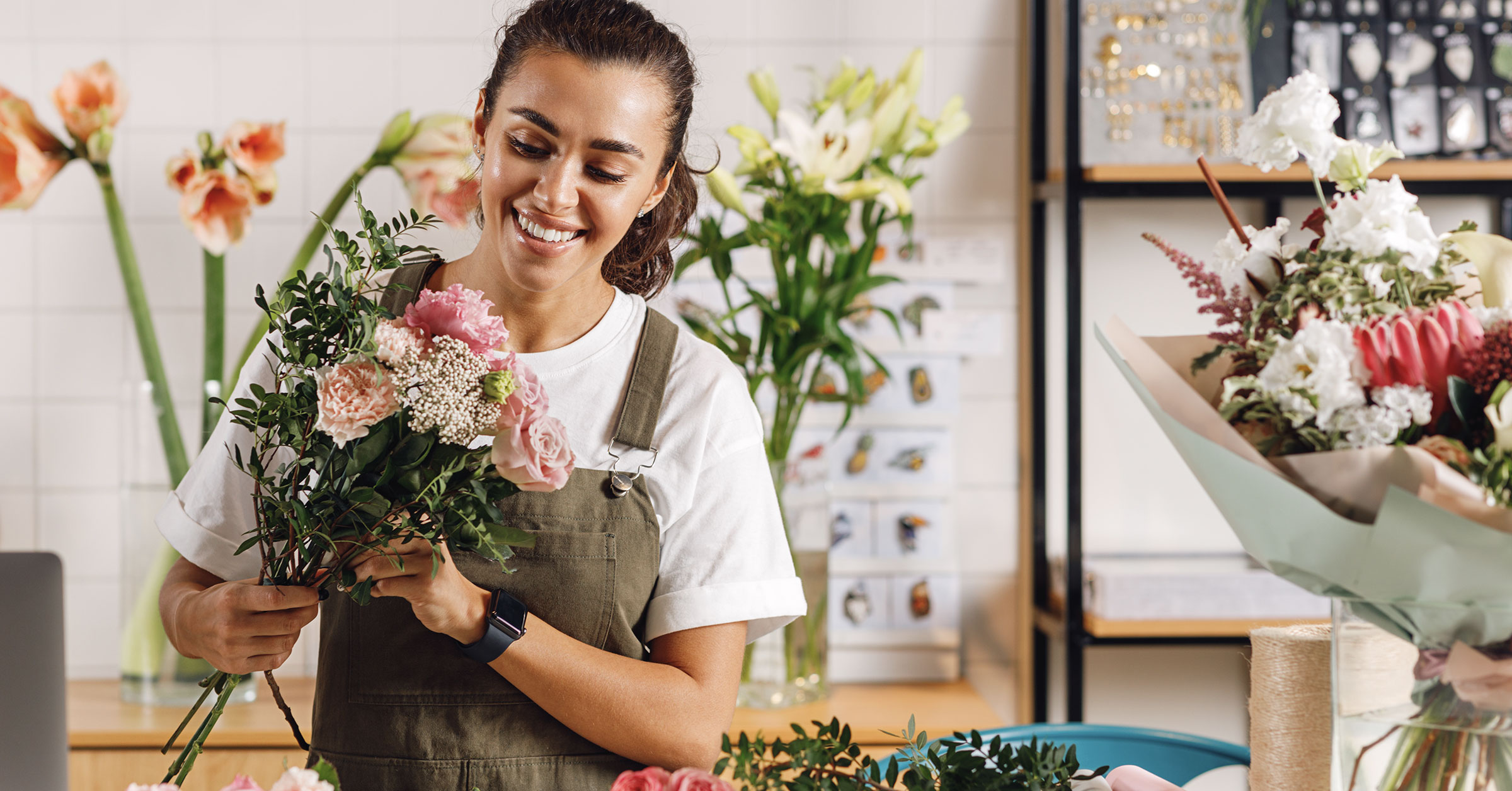Running a floristry business involves more than creating beautiful arrangements – it requires reliable transportation to deli…
Florists Health & Safety Insurance: Protecting Your Floral Business and Staff
Introduction
Running a florist business involves unique health and safety challenges that many business owners overlook until an incident occurs. From handling sharp tools and chemicals to managing allergens and repetitive strain injuries, florists face daily risks that require comprehensive insurance protection. Health and safety insurance for florists provides essential coverage for workplace injuries, regulatory compliance issues, and the specific hazards inherent in the floral industry.
Understanding Health & Safety Risks in Floristry
Physical Hazards
Florists work with numerous tools and equipment that pose injury risks. Sharp knives, secateurs, and wire cutters are essential for flower preparation but can cause serious cuts and puncture wounds. Floral foam dust can cause respiratory issues, while wet floors from flower preparation areas create slip hazards. Heavy lifting of flower buckets, arrangements, and delivery items can lead to back injuries and musculoskeletal disorders.
Chemical Exposure
The floral industry involves regular exposure to various chemicals including flower preservatives, pesticides on imported flowers, cleaning agents, and floral sprays. These substances can cause skin irritation, respiratory problems, and allergic reactions. Prolonged exposure without proper protection can lead to more serious health complications.
Biological Hazards
Florists regularly handle organic materials that may harbor bacteria, fungi, or other microorganisms. Thorns and plant materials can cause infections if they penetrate the skin. Some flowers and plants are naturally toxic, posing risks if handled without proper precautions.
Ergonomic Risks
The nature of floristry work often involves repetitive motions, prolonged standing, and working in awkward positions. These factors contribute to repetitive strain injuries, back problems, and joint disorders that can develop over time.
Essential Health & Safety Insurance Coverage
Employers Liability Insurance
This mandatory coverage protects your business if employees suffer work-related injuries or illnesses. For florists, this includes coverage for cuts from tools, allergic reactions to flowers or chemicals, back injuries from lifting, and respiratory issues from dust or chemical exposure. The insurance covers legal costs, compensation payments, and medical expenses.
Public Liability Insurance
Protects against claims from customers or visitors who suffer injuries on your premises. This could include customers slipping on wet floors, allergic reactions to flowers during consultations, or injuries from falling displays or equipment.
Product Liability Insurance
Essential for florists who create arrangements that could potentially cause harm. This includes allergic reactions to specific flowers, injuries from poorly secured arrangements, or issues with preserved flowers that may contain harmful chemicals.
Professional Indemnity Insurance
Covers claims arising from professional advice or services. For florists, this might include liability for wedding flowers that cause allergic reactions, funeral arrangements that are inappropriate, or event decorations that fail to meet safety standards.
HSE Compliance for Florists
COSHH Regulations
The Control of Substances Hazardous to Health regulations require florists to assess and control exposure to hazardous substances. This includes proper storage of chemicals, providing safety data sheets, ensuring adequate ventilation, and providing appropriate personal protective equipment.
Manual Handling Regulations
These regulations require employers to assess manual handling risks and implement measures to reduce injury risks. For florists, this means proper training on lifting techniques, providing mechanical aids where possible, and organizing work to minimize heavy lifting.
Personal Protective Equipment Regulations
Florists must provide appropriate PPE including gloves for handling thorny plants and chemicals, eye protection when using sprays, and respiratory protection when working with dusty materials like floral foam.
Workplace Safety Regulations
General workplace safety requirements include maintaining safe floors, adequate lighting, proper storage of tools and materials, and ensuring electrical equipment is safe and regularly tested.
Common Health & Safety Claims in Floristry
Tool-Related Injuries
Cuts from knives, secateurs, and wire are among the most common injuries in floristry. These can range from minor cuts requiring first aid to serious injuries requiring surgery and extended time off work.
Allergic Reactions
Both staff and customers can suffer allergic reactions to flowers, pollen, or chemicals used in flower care. Reactions can range from mild skin irritation to severe respiratory distress requiring emergency treatment.
Repetitive Strain Injuries
The repetitive nature of flower arranging, combined with awkward working positions, commonly leads to repetitive strain injuries affecting wrists, arms, and shoulders.
Slip and Fall Accidents
Wet floors from flower preparation and cleaning create significant slip hazards. These accidents can result in serious injuries including broken bones and head injuries.
Chemical Exposure Claims
Prolonged exposure to flower preservatives, pesticides, and cleaning chemicals can lead to skin conditions, respiratory problems, and other health issues that may not manifest immediately.
Risk Management Strategies
Staff Training Programs
Implement comprehensive training covering proper tool use, chemical handling, manual handling techniques, and emergency procedures. Regular refresher training ensures staff maintain good safety practices.
Safety Equipment and Procedures
Provide appropriate safety equipment including non-slip mats, proper lighting, ventilation systems, and storage solutions. Establish clear procedures for handling chemicals, cleaning up spills, and maintaining equipment.
Health Monitoring
Regular health checks can identify work-related health issues early. This is particularly important for respiratory health given exposure to pollen, dust, and chemicals.
Workplace Design
Design workspaces to minimize risks including proper height work surfaces, adequate storage, good lighting, and clear walkways. Consider ergonomic factors to reduce strain injuries.
Choosing the Right Insurance Provider
Specialist Knowledge
Choose insurers with experience in the floral industry who understand the specific risks and regulatory requirements. They can provide tailored coverage and valuable risk management advice.
Claims Handling
Look for insurers with efficient claims handling processes and experience dealing with floristry-related claims. Quick resolution is important for maintaining business operations.
Risk Management Support
Many insurers offer risk management services including safety assessments, training materials, and ongoing support to help prevent claims.
Coverage Flexibility
Ensure your insurance can adapt to your business needs, whether you're a small independent florist or a larger operation with multiple locations and delivery services.
Cost Factors and Considerations
Business Size and Risk Profile
Larger operations with more staff typically face higher premiums. The range of services offered, from simple bouquets to large event installations, affects risk assessment and pricing.
Claims History
A good claims history can help reduce premiums, while frequent claims may increase costs. Investing in prevention measures can help maintain favorable rates.
Location Factors
Urban locations with higher foot traffic may face increased public liability risks, while rural locations might have different risk profiles affecting pricing.
Coverage Levels
Higher coverage limits provide better protection but increase premiums. Balance adequate protection with affordable costs based on your specific risk exposure.
Legal and Regulatory Compliance
Health and Safety at Work Act
This fundamental legislation requires employers to ensure the health, safety, and welfare of employees and others who might be affected by their work activities.
Environmental Regulations
Proper disposal of floral waste, chemicals, and packaging materials is required under environmental regulations. Non-compliance can result in fines and legal action.
Data Protection
If collecting customer health information related to allergies, ensure compliance with data protection regulations including secure storage and appropriate use of personal data.
Industry-Specific Considerations
Seasonal Variations
Peak seasons like Valentine's Day, Mother's Day, and Christmas bring increased workloads and stress, potentially increasing accident risks. Plan for these periods with additional safety measures.
Delivery Operations
If offering delivery services, ensure coverage extends to driving activities and consider the additional risks of transporting arrangements and working at various locations.
Event Work
Working at weddings, funerals, and corporate events brings additional risks including working in unfamiliar environments and time pressures that can increase accident likelihood.
Frequently Asked Questions
Is health and safety insurance mandatory for florists?
Employers liability insurance is legally required if you employ staff. Other types of health and safety insurance are not mandatory but are highly recommended to protect your business.
What's the average cost of health and safety insurance for florists?
Costs vary significantly based on business size, location, and risk factors. Small independent florists might pay £200-500 annually, while larger operations could pay several thousand pounds.
Does insurance cover pre-existing health conditions in employees?
Generally, insurance covers work-related aggravation of pre-existing conditions, but coverage details vary between policies. Check specific terms with your insurer.
Are allergic reactions covered under health and safety insurance?
Yes, both employee and customer allergic reactions are typically covered under appropriate policies, including employers liability and public liability insurance.
How can I reduce my insurance premiums?
Implement strong health and safety procedures, provide regular staff training, maintain good claims history, and work with insurers who offer risk management support.
What should I do immediately after a workplace accident?
Provide immediate first aid if needed, ensure the area is safe, document the incident thoroughly, notify your insurer promptly, and investigate to prevent recurrence.
Does insurance cover work-related stress and mental health issues?
Coverage for stress-related claims varies between policies. Some employers liability policies include coverage for work-related stress, but terms and conditions apply.
Are independent contractors covered under my insurance?
Coverage for contractors depends on your specific policy terms. You may need separate coverage or ensure contractors have their own appropriate insurance.
How often should I review my health and safety insurance?
Review your coverage annually or whenever your business changes significantly, such as expanding operations, hiring more staff, or adding new services.
What documentation do I need for insurance claims?
Maintain accident books, incident reports, witness statements, medical reports, safety training records, and any correspondence related to the incident.
Conclusion
Health and safety insurance is essential protection for florists, covering the unique risks inherent in working with flowers, tools, and chemicals. From mandatory employers liability to valuable public and product liability coverage, comprehensive insurance protects both your business and your staff. By understanding the risks, implementing proper safety measures, and choosing appropriate insurance coverage, florists can focus on creating beautiful arrangements while knowing they're protected against the unexpected. Regular review of your coverage ensures your protection evolves with your business, maintaining appropriate coverage as you grow and develop your floral enterprise.


 0330 127 2333
0330 127 2333
